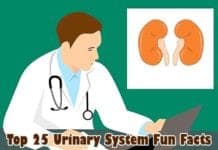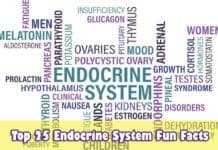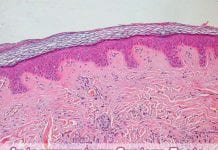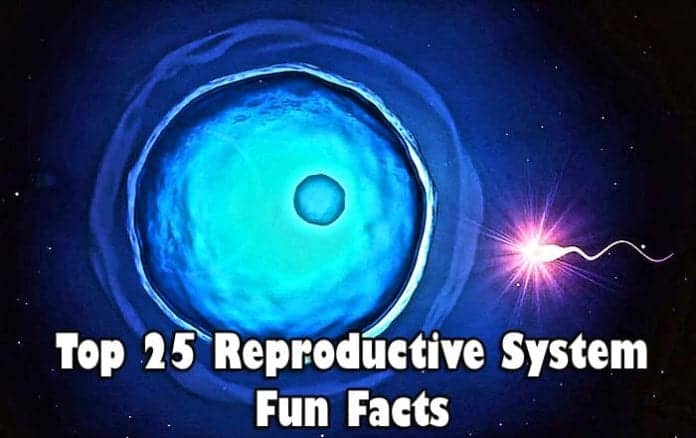
Reproduction is a natural biological process that allows living things or human beings to consider their species or progeny. It is essential for the continuity of living things, although not necessary for the continuity of the individual itself.
It is one process that sets the living apart from the non-living. Reproduction in humans requires the contribution and fusion of two counterparts: the male and the female. This is the case with all living creatures, with certain exceptions such as prokaryotic cells, fungi, viruses and protozoans.
In mammals, however, the reproduction invariably requires the fusion of two distinct cells called gametes. In this article, let us explore the top 25 reproductive system facts!
Top 25 Reproductive System Fun Facts
Reproduction requires the fusion of two cells called the gametes.
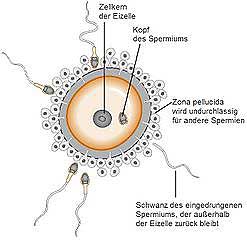
- During reproduction, the male and the female sex cells, also called male and female gametes, fuse to produce offspring.
- The structure that is formed as a result of this fusion is called a zygote.
- The gametes are different in structure, size, and genetic or chromosomal construct.
![]()
The process of production of the male gamete is known as spermatogenesis.
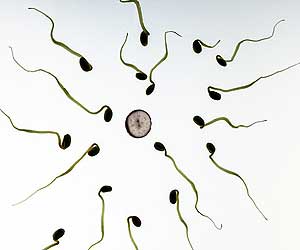
- The immature sperm cells (male gametes) are known as spermatogonia and are present in the seminiferous tubules. They replicate by mitosis to increase in number and are diploid in chromosomal content (or have 46 chromosomes).
- Some of these spermatogonia undergo meiotic cell division to produce spermatocytes that are haploid (or have 23 chromosomes).
- The spermatocytes undergo the process of spermatogenesis and produce spermatids, followed by the production of spermatozoa that are then released by spermiation.
![]()
The process of production of the female gamete is known as oogenesis.
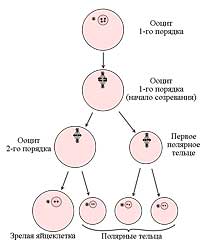
- Oogenesis begins in the ovary – these cells undergo meiotic cell division to form primary oocytes.
- It is then surrounded by granulosa cells that lead to the formation of a primary follicle.
- After a series of steps and divisions, the secondary follicle is produced and released by ovulation.
![]()
In addition to gametogenesis or gamete production, the female reproductive system is also responsible for the formation of the fetus and bringing it to the world.
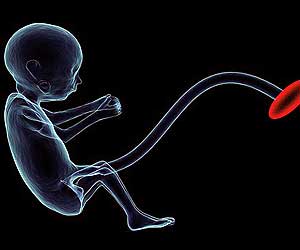
- The female reproductive system carries out the function of gametogenesis along with gestation and parturition.
- The uterus is where the fetus is implanted and grows for 40 weeks or 280 days.
- At the end of this period, the offspring is delivered into the outside world through the birth canal.
![]()
The female reproductive tract, also known as the birth canal, is particularly muscular.
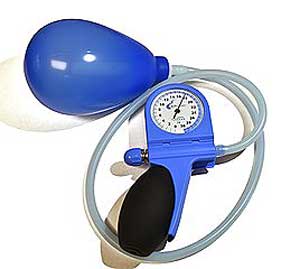
- The vagina or the female reproductive tract is a 10 cm long muscular tract.
- The walls of the tract are made up of an outer layer of smooth muscles called fibrous adventitia and an inner mucous membrane layer that has fold-like structures called rugae.
- These layers allow the stretching and expansion of the vagina during childbirth.
![]()
The female reproductive tract is inherently home to different microorganisms that provide defense against pathogenic organisms.
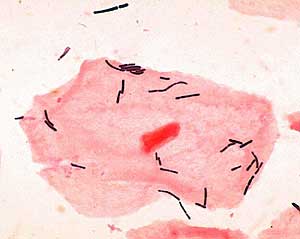
- The Lactobacillus bacteria are the species that are generally found in the vagina in healthy females.
- These bacteria secrete lactic acid that helps maintain the pH of the vagina at 4.5 and helps keep the vagina clean.
- Any changes that disrupt the pH balance of the vagina can invite a host of parasites that can cause infection.
![]()
The male reproductive system consists of many different parts, but the primary male gonads are the testes.
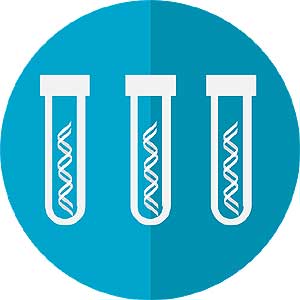
- Located in the pelvic region, the male reproductive system comprises testes, which are the primary male gonads, the accessory ducts, glands, and external genitalia.
- A pouch called the scrotum, which houses the testes in the abdominal cavity.
- The scrotum ensures that the testes are maintained at 2-3 degrees lower than the average body temperature, which is essential for spermatogenesis.
![]()
The testes are where spermatogenesis takes place, and male gametes are formed.
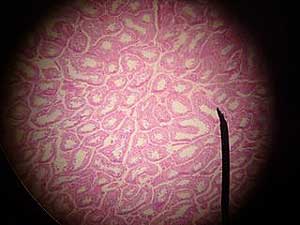
- Each testes measure about 4 to 5 cm in length and is ovular in shape.
- It is divided into around 250 smaller compartments called testicular lobules.
- Each lobule comprises one to three densely coiled structures known as seminiferous tubules, where the process of spermatogenesis takes place.
![]()
Sertoli cells, interstitial cells, and blood vessels support the function of the male gonad.
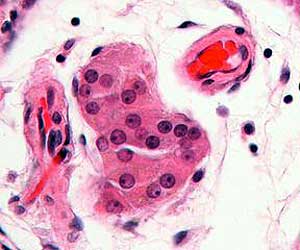
- The spaces between the seminiferous tubules are filled with blood vessels and interstitial cells, also known as Leydig cells.
- The Sertoli cells are found within the seminiferous tubules along with the male gametes.
- Leydig cells are responsible for synthesizing and secreting testicular hormones like androgens, and the Sertoli cells provide nutrition to the gametes or the germ cells.
![]()
The female reproductive system consists of the female gonad called the ovary, along with the fallopian tube, uterus, cervix, vagina, and the external genitalia.
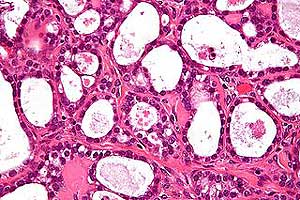
- The female gamete is produced by the female gonad called the ovary. The ovaries also produce female sex hormones such as estrogen and progesterone.
- Each ovary is located on either side of the abdomen and is around 2-3 cm in length.
- The ovaries produce the ovum or the female gamete every month.
![]()
The fallopian tubes, uterus, and vagina, are the accessory ducts of the female reproductive system.
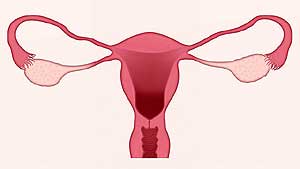
- The fallopian tube measures about 10-12 cm and connects the ovaries to the uterus.
- The end of the fallopian tube contains finger-like projections called fimbria, which help pick the egg when it is released from the ovary.
- The fusion of the sperm and egg occurs in the fallopian tubes, following which the zygote moves to the uterus for implantation.
![]()
The cervix is the portion of the female reproductive system that serves as an opening of the uterus into the vagina.
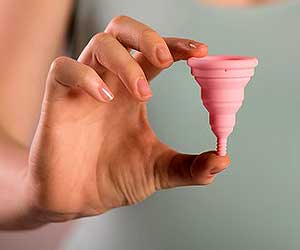
- The cervix is a short canal that is cylindrical and conical in shape and is occasionally called “neck of the uterus“.
- During menstruation, the shed endometrium and its products are released through the cervix, which opens slightly.
- The part of the cervix that extends into the vagina is called the ectocervix.
![]()
The uterus is part of the female reproductive system that is responsible for carrying the offspring during gestation.

- The uterus, commonly known as the womb, is shaped like an upside-down pear and is lined with thick muscular walls.
- It is a hollow organ that allows for the zygote implantation in the thickened endometrium.
- In cases where there is no fertilized egg or zygote to implant into the endometrium, the uterus’s endometrial lining sheds off, marking the beginning of the process of menstruation.
![]()
The uterus is made up of some of the strongest muscles of the human body.
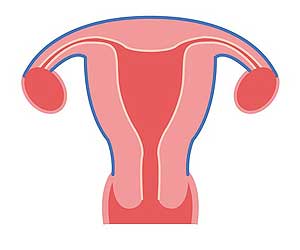
- The uterus is only 3 inches in length, and 2 inches in width, and is muscular.
- The muscles that make up the uterus are powerful and can stretch and expand to accommodate a growing fetus during gestation.
- The same muscles help push out the baby during labor and delivery.
![]()
Mammary glands are supporting organs of the female reproductive system.
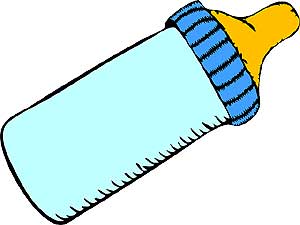
- Mammary glands are the organs that are responsible for the production of milk after childbirth.
- It is made up of lobules that contain alveoli. Each lobule contains a duct that opens to the exterior via the nipple.
- The milk produced by the mammary gland is rich in antibodies or immunoglobulins that provide immunity and protection to a newborn.
![]()
The Female reproductive cycle begins at puberty and ends at menopause.
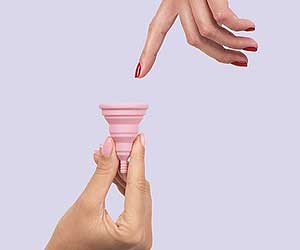
- At the beginning of puberty, the ovaries begin to release the ovum or egg every month.
- This cycle every month is known as the menstrual cycle and occurs approximately every 28 days.
- During the cycle, an egg is released into the fallopian tube every month to await fertilization. If fertilization does not occur, the egg degenerates, and the endometrium is shed through the cervix through menstrual bleeding.
![]()
The reproductive cycle is made up of two parts: the uterine cycle and the ovarian cycle.
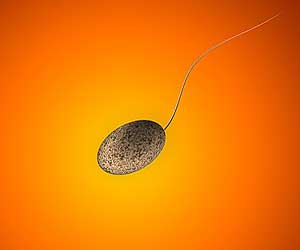
- During the uterine cycle, the endometrial lining of the uterus increases in thickness and builds up, initiated by the hormone estrogen.
- At the end of the uterine cycle, the egg is released into the fallopian tube, which marks the beginning of ovulation.
- The ovarian cycle begins after ovulation, under the influence of progesterone, which helps increase the endometrial supply of blood vessels and capillaries.
![]()
The Human Chorionic Gonadotropin (HCG) hormone is responsible for the maintenance and sustenance of the early stages of gestation following implantation.
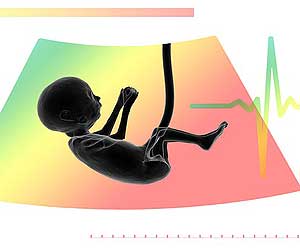
- The egg, or follicle, after ovulation, is known as the corpus luteum. The HCG hormone, also known as human chorionic gonadotropin, is responsible for the sustenance of the corpus luteum.
- It causes the corpus luteum to continue producing progesterone to sustain the pregnancy.
- This process occurs until the development of the placenta, which then takes over the production of the progesterone hormone.
![]()
The uterus is made up of 3 distinct layers.
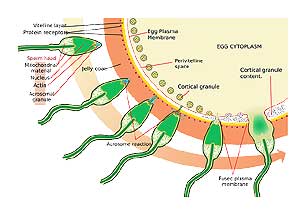
- The uterus is attached to the pelvic wall by ligaments. It opens to the exterior via the cervix and the vagina.
- The wall of the uterus is made up of three distinct layers: an external thin layer called the perimetrium, a middle thicker layer made up of smooth muscles called the myometrium, and the inner layer that is rich in glands called the endometrium.
- The cyclical changes experienced during the reproductive cycle are borne by the endometrium, whereas the myometrium undergoes contractions during labor.
![]()
Spermatogenesis, in the male reproductive system, beings at puberty.
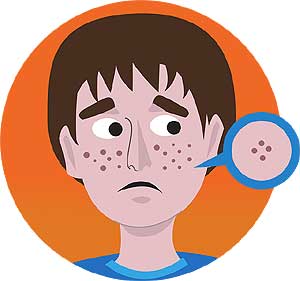
- At puberty, spermatogenesis commences due to a marked and observable increase in the gonadotropin-releasing hormone.
- This hormone is produced and released by the hypothalamus.
- This hormone acts on the pituitary gland to stimulate the release of male sex hormones.
![]()
The sperm or spermatozoa is made up of four distinct parts.
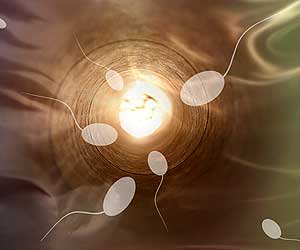
- The sperm is a microscopic cell comprising four parts: the head, the neck, the middle piece, and the tail.
- The body of the sperm is entirely enveloped by a thin layer called the plasma membrane.
- The head of the sperm contains the nucleus and is covered by a cap-like structure known as the acrosome. The head contains enzymes that dissolve the wall of the ovum.
- The middle piece contains the mitochondria, and the tail region provides the sperm with motility.
![]()
At the time of release, normal males produce around 200 to 300 million sperms.
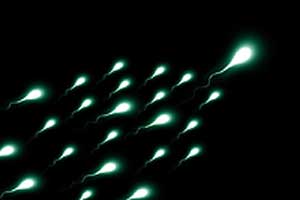
- Out of the 200 to 300 million sperms, only one succeeds in fertilizing the ovum.
- For this to occur, at least 60 percent of the sperms should have normal size and shape.
- Sperm motility is an important factor in fertilization. At least 40 percent of the sperms should be motile to reach and fertilize the egg successfully.
![]()
Cervical cancer is caused by a sexually transmitted infection of the Human Papillomavirus.
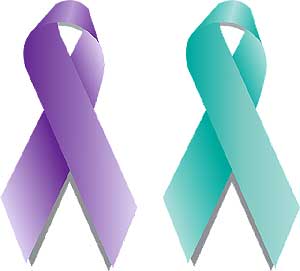
- The Human Papilloma virus is a virus that causes a sexually transmitted infection.
- The virus uses the host cell machinery to replicate itself, produce more viral particles, and cause an infection.
- The virus can cause unchecked proliferation of cervical cells leading to cervical cancer.
![]()
There are 2 external signs of ovulation that can be observed.
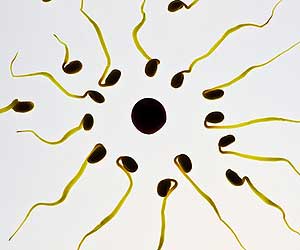
- Ovulation marks a change in hormone levels of the female body.
- Around ovulation, the cervical mucus produced by the female genital tract becomes thinner and transparent. On the day of ovulation, it is of egg-white, clear consistency. This facilitates the movement of sperm into the tract and towards the released ovum.
- The basal body temperature also dips around the time of ovulation. Charting basal body temperature is a known method of contraception.
![]()
Menopause is marked by a cessation of the menstrual cycle between the ages of 45 and 50.
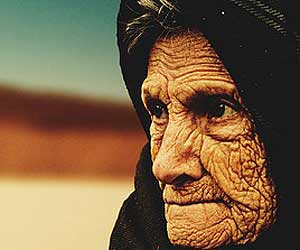
- Menopause occurs when the ovaries stop producing estrogen, and this causes the reproductive cycles to stop.
- This phase may take 6 months to 5 years to occur and is accompanied by a host of physiological symptoms.
- Menopause can be induced by other illnesses such as cancer or hysterectomy. The occurrence of menopause prematurely before the age of 40 is known as premature menopause and is known to occur in 1% of women.
![]()
The human reproductive system is a sophisticated yet balanced organ system governed by the action of hormones. Hormones control all the functions of the reproductive system and the periods of gestation and pregnancy. Without the proper functioning of the reproductive system, producing offspring naturally would not be possible.
Today, there are several medically assisted techniques to conceive an offspring such as in vitro fertilization, surrogacy, and donor cells. A healthy lifestyle and diet also contribute to maintaining good health overall for the reproductive system.
![]()





